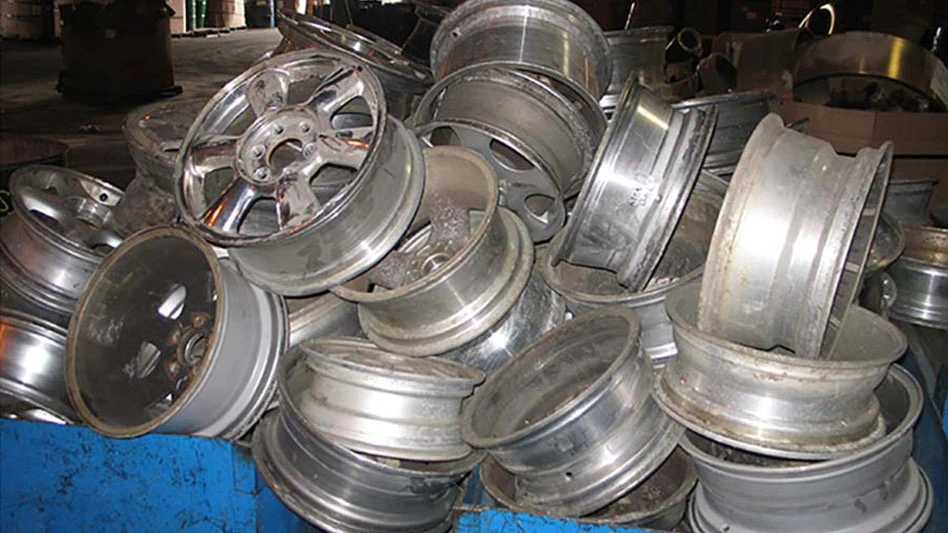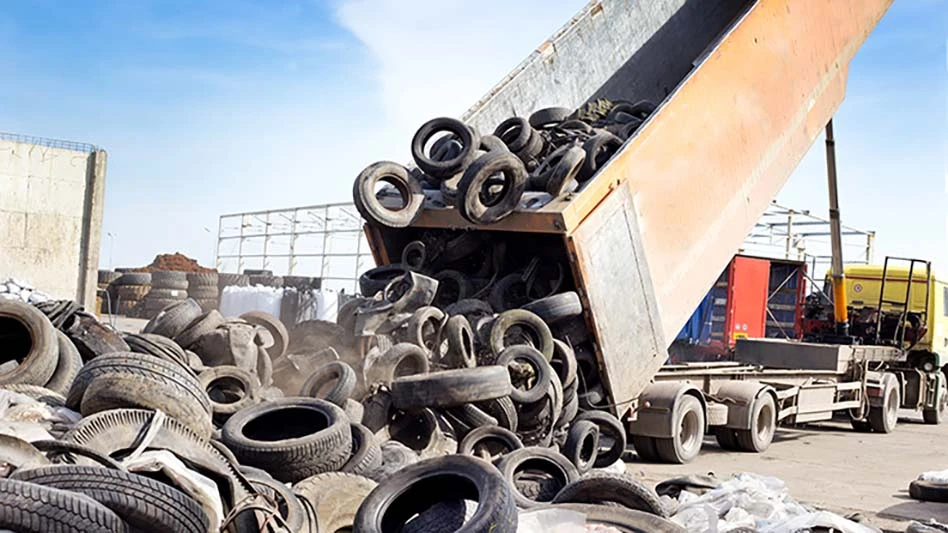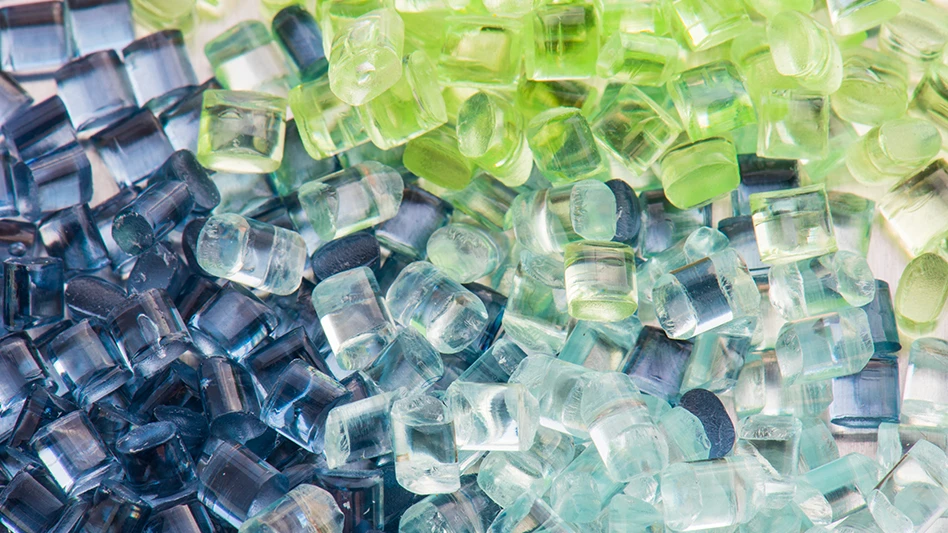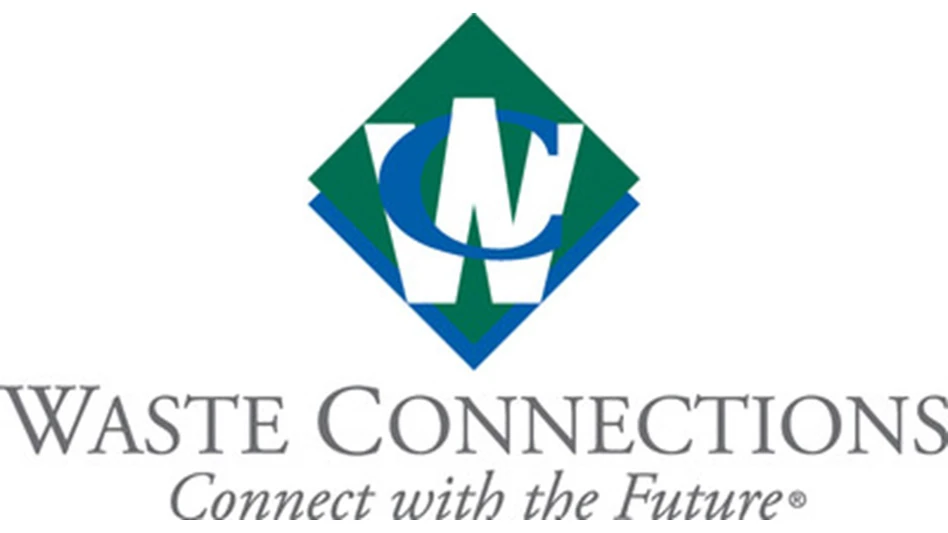
Recycling Today
The Aluminum Association, Arlington, Virginia, has issued a four-page briefing along with three other trade groups outlining what the organizations consider priorities to enhance aluminum’s presence in decarbonization efforts.
The Aluminum Association, Brussels-based European Aluminium, the Aluminium Association of Canada and the Japan Aluminium Association have released the joint briefing with its target audience being Group of 7 (G7) trade ministers who will meet in Osaka, Japan this October. (The G7 nations are the United States, Canada, France, Germany, Italy, Japan and the United Kingdom.)
Tilted “Aluminium Supply Chain Pathways to Net Zero GHG Emissions and Fair Global Markets: Priority Action Areas,” the briefing has been designed to highlight what the groups call “aluminum’s essential role in the transition to a low-carbon economy.”
The paper also includes suggested “pathways to decarbonize the sector while addressing distortions in the marketplace driven by non-market economies like China,” the associations say.
Priorities are placed into four categories, one of which is “Material Efficiency.” When summarizing that topic, the associations write in part, “While around 75 percent of all aluminum ever produced remains in use globally today, there remain opportunities to increase aluminum recycling, which is vital to a low-carbon future. The industry supports consumer education, policy incentives, public-private partnerships to increase supply and accelerated R&D on material sorting to enable a near 100 percent recycling rate for aluminum.”
The other priority categories are Electricity Decarbonization, Production Technologies (tied largely to smelting) and Market Incentives. The latter priority refers in part to what the associations call “well-designed carbon border adjustment programs,” plus efforts “to guard against supply chain risks driven by the concentration of critical minerals in a few key countries.”
“Global demand [for aluminum] is expected to increase up to 80 percent by 2050; as much aluminum will need to be produced in the next decade as in the last one hundred years,” the report states. “Making the transition to net zero greenhouse gas (GHG) emissions and increasing the supply of responsibly produced aluminum across the U.S., Europe, Canada and Japan requires massive new investments in alternative clean energy systems, near-zero GHG emission production technologies and near 100 percent recycling rates for preconsumer scrap and end-of-life products.”
The letter also states in part, “The aluminum industry [is] a critical source of material for clean energy technologies: a low-carbon circular economy requires access to sustainable, secure and resilient aluminum supply chains. On behalf of our member companies and the 1.75 million workers they directly and indirectly support across the U.S., Europe, Canada and Japan, we are fully committed to working closely with you and your senior officials in pursuit of our shared interests.”
The four-page briefing can be found on this web page.
Latest from Recycling Today
- Lautenbach Recycling names business development manager
- Sebright Products partners with German waste management equipment company
- WasteExpo transitions to biennial format for enhanced experiences
- Study highlights progress, challenges in meeting PCR goals for packaging
- Washington legislature passes EPR bill
- PureCycle makes progress on use of PureFive resin in film trials
- New copper alloy achieves unprecedented high-temperature performance
- Gränges boosts profits and sales volume in Q1 2025





